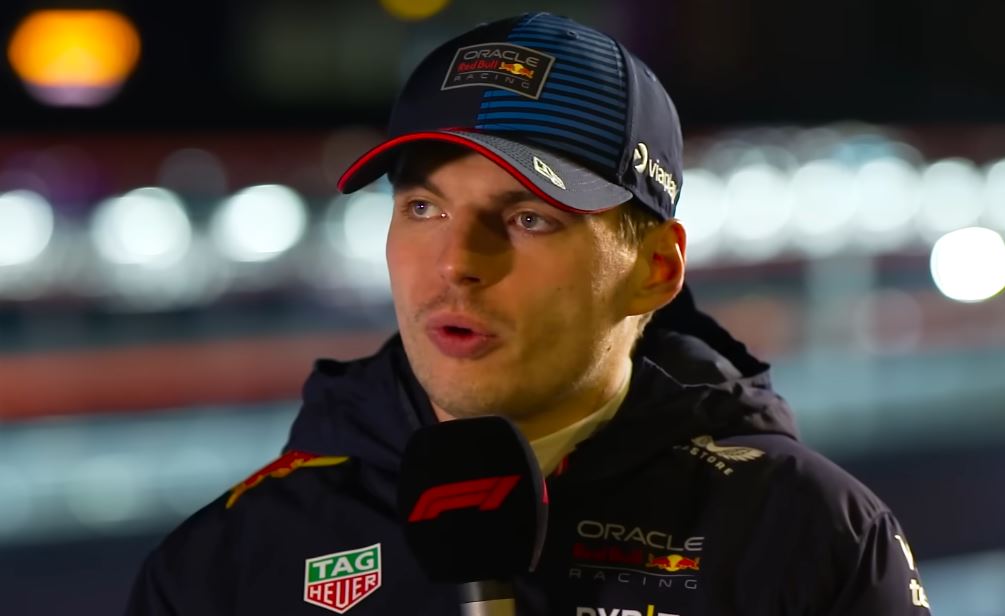
With his aggressive racing style and uncanny focus, Max Verstappen has not only changed Formula One but also the economics of being an athlete in the modern era. The Dutch racing sensation has become an undisputed financial powerhouse in a sport long dominated by legacy names like Schumacher, Hamilton, and Alonso, with an estimated net worth currently hovering around $210 million. Furthermore, Verstappen’s income streams are remarkably diverse, which makes him stand out in addition to the trophies he has on display.
Verstappen will have earned $65 million in base pay alone by 2025, solidifying his position as the highest-paid Formula 1 driver. When one accounts for his performance-based bonuses, which include winnings and podium finishes, which he consistently receives, that number skyrockets. Verstappen has increased the financial disparity with the same vigor he displays on the track in a sport where margins are frequently measured in milliseconds.
Max Verstappen Bio Table
| Detail | Information |
|---|---|
| Full Name | Max Emilian Verstappen |
| Date of Birth | September 30, 1997 |
| Age | 27 |
| Nationality | Dutch |
| Current Team | Red Bull Racing |
| F1 Debut | 2015, Toro Rosso |
| Championships | 4 (2021, 2022, 2023, 2024) |
| Estimated Net Worth | $210 million (as of 2025) |
| 2025 Salary | $65 million (excluding bonuses) |
| Endorsements | $6 million annually |
| Major Sponsors | Heineken, EA Sports, Viaplay, Ford |
| Residence | Netherlands (with Monaco ties) |
The story of his transformation from teenage prodigy to four-time Formula One world champion reads like a screenplay. He was the youngest driver to ever start a Formula 1 race at the age of 17. He had already won a Grand Prix by the age of 18. From that point on, the Verstappen brand grew as quickly as his vehicle in a DRS zone. But more than his performance, a skillfully negotiated long-term contract with Red Bull Racing that kept him with the team until the end of 2028 was what really accelerated his wealth. Rich performance incentives are part of the deal, which is said to be one of the most generous in Formula One history.
Not just well-known brands like Heineken and EA Sports sign endorsement deals, which bring in a consistent $6 million annually. Additionally, Verstappen’s official merchandise line, limited-edition partnerships, and marketing campaigns that capitalize on his enormous social media following add value to his brand. He has more than 14.5 million Instagram followers, which gives him the reach to promote any brand he works with. This is especially useful if you’re also frequently listed among Forbes’ Highest-Paid Athletes.
Building assets is another aspect of Verstappen’s financial strategy. He has made significant real estate investments, including in opulent homes in Monaco and the Netherlands. Notably, Monaco’s tax benefits and high-profile privacy continue to make it a favorite retreat for Formula 1 elites. Though his portfolio is even more modernized, Verstappen is reportedly investigating cryptocurrency-backed investment vehicles and green-tech startups, demonstrating a surprisingly forward-thinking mindset. In that sense, he follows the same path paved by legends like Ayrton Senna and Alain Prost.
Verstappen’s ability to blend the roles of entrepreneur and athlete is what sets him apart from his peers. Verstappen has started to sow the seeds of a motorsport dynasty, while his racing contemporaries, such as Lewis Hamilton, are venturing into the worlds of fashion and music. Starting a GT3-class racing team is his most recent endeavor, and it’s more than just a side gig. His intention to dominate both inside and outside the cockpit is indicated by this structural change.
This strategic diversification has an impact on the motorsport economy in addition to being a personal benefit. Verstappen is now seen by young drivers as more than just a sports hero. He has evolved into a financial model and a contemporary example of how top athletes can create equity outside of pay. Sponsorship organizations have taken notice, and even teams are starting to view their drivers as potential owners and brand partners in addition to being talented individuals.
Parallels between celebrities are unavoidable. Verstappen has transcended his sport, much like LeBron James in basketball or Cristiano Ronaldo in football. With just one Instagram post, he can now influence public opinion, stock prices, and merchandise, making him an economic entity. Verstappen’s career has been remarkably stable, in contrast to many athletes who get caught up in scandals or spend recklessly. This is probably due in part to the fact that his father, Jos, was a former Formula One driver who guided Max’s early career with almost military precision.
There is competition, though. Lewis Hamilton, whose estimated net worth is $285 million, is still richer. However, the comparison is a study of the differences between generations. Verstappen’s empire is largely being built on sport-related revenue and strategic investments, which may prove to be an even more sustainable long-term strategy than Hamilton’s, which includes fashion collaborations, music endeavors, and brand ambassadorships.
In terms of society, Verstappen’s ascent has contributed to Formula 1’s renewed appeal to younger viewers. His success, youth, and self-assurance have particularly appealed to Gen Z fans, many of whom follow the sport online and through video games. Brands are clearly betting on Verstappen to be the face of Formula One for the next ten years, as evidenced by EA Sports’ continued partnership with him.
Verstappen’s financial trajectory has cultural significance as well. He represents the Dutch flag and comes from a small Belgian town, proving that you don’t have to come from a traditional sporting megacity to rule the world. His wealth is more than just a reward; it’s a representation of the shifting nature of sport, where having a global following and a strong online presence can help one advance more quickly than in the past.
Verstappen is currently third in the Formula One rankings as of mid-2025, behind teammate Lando Norris and Oscar Piastri of McLaren. Even so, his marketability has held up well, despite sporadic conflicts with competitors or the threat of race bans for technical violations. Even though these demands are great, he handles them with a cool composure that only enhances his reputation in the workplace and, consequently, his brand value.
